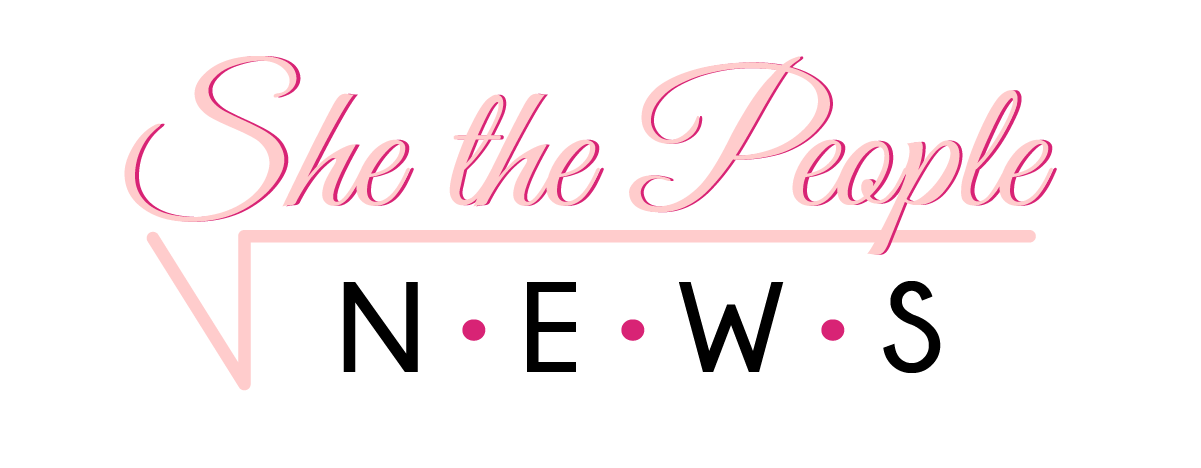On Sunday, February 4th, Boston’s Museum of Fine Arts tells the story of throughly modern Mary Cassatt. A 90 minute feature film ” Mary Cassatt: Painting the Modern Woman” features the life and times of the impressionist of whom we have made many wrong impressions.
Rejecting expectations of gender conformity, the complicated woman and the women around her were intellectuals that became social activists. Blending talents with tenacity their dynamic evolution became a revolution that included challenging the international “good-old-boys club” of artists.

Mrs. Duffee Seated on a Striped Sofa, Reading, 1876 Mary Stevenson Cassatt (American, 1844-1926) Oil pn game * Bequest of john T. Spaulding* Photograph@Museum of Fine Arts, Boston
Born in 1844, Mary’s childhood included financial privilege. Well-educated and well-traveled it was conventional for woman of her status to appreciate art but unconventional to aspire to become a professional artist. Although Mary was allowed to study at the Pennsylvania Academy of Fine Arts in Philadelphia her father objected to her pursuit of a career. For him, the young woman’s desire to paint professionally violated an orthodox social compass, not only within the family but American society. Mr. Cassatt, a successful stockbroker, tried to control his daughter by absorbing her living expenses but wouldn’t cover the cost of her art supplies.
Frustrated by her circumstances Mary, her mom and beloved sister left for Paris in 1866. In France, Mary experienced similar impediments to the formal education and professional entré she sought.
A mixed palette of opportunities grew from rejection. Academic traditions were replaced by non-tradtional mentorship and an exploration of the avant-guard chaos of ‘impressionism’. Her friend Edgar Degar encouraged her. Their business relationship flourished in the atmosphere of Renoir, Manet, and Cezanne who were developing new, often criticized styles of painting. Deprived of a seat at their Salon gatherings, the politics of gender discrimination became a catalyst for Cassatt’s social activism.
To establish financial autonomy, Cassatt painted marketable themes. Success with soft-signature pastels built a reputation for innovation. Mary became a mentor for others who also felt the professional oppression of male dominance. The unfairness of gender biased business limitations, despite talent, lead Cassatt into an unexpected alliance with the Suffrage Movement.
In the Loge is often interpreted as Mary Cassatt’s editorialization on the changing status of women. Departing from pastels, in what may be a black and white “selfie”, this woman of agency looked down on social-conventions. Outside the walls of domesticity, independent of male companionship, confidently alone in a public space, the woman In the Loge was free of hierarchical expectations.

“In the Loge”, 1878 Mary Stevenson Cassatt ( American, 1844-1926) Oil on Canvas *The Hayden Collection-Charles Henry Hayden Fund* Photograph@ Museum of Fine Arts, Boston
Mary Cassatt never married and never had children. Yet, her stylistic paintings of affection between mothers and young children, or woman enjoying rituals without men, continue to speak to the timeless bonds of love defined in a language women understand viscerally. These idyllic observations carry such psychological gravitas they organically acknowledge the universality of humanity.

Caresse Maternelle, about 1902 Mart Stevenson Cassatt ( American 1844-1926) Oil on canvas * Gift of Miss Aimée Lamb in memory Mr. and Mrs.Horatio AppletonLamb *Photograpgh@ Museum of Fine Arts, Boston
Tickets are available to see “Mary Cassatt: Painting the Modern Woman “on Sunday February 4th, in the Remis Auditorium 2:30-4:15 at any MFA ticket desk or to reserve tickets call 1-800-440-5975
+ Head line image:
The Tea about 1880 Mary Stevenson Cassatt ( American, 1844-1926)Oil on canvas *M.Theresa B.Hopkins Fund *Photograph @Museum of Fine Arts, Boston
Discover more from She The People News explores the world of business, culture and politics from a woman’s point of view.
Subscribe to get the latest posts sent to your email.

